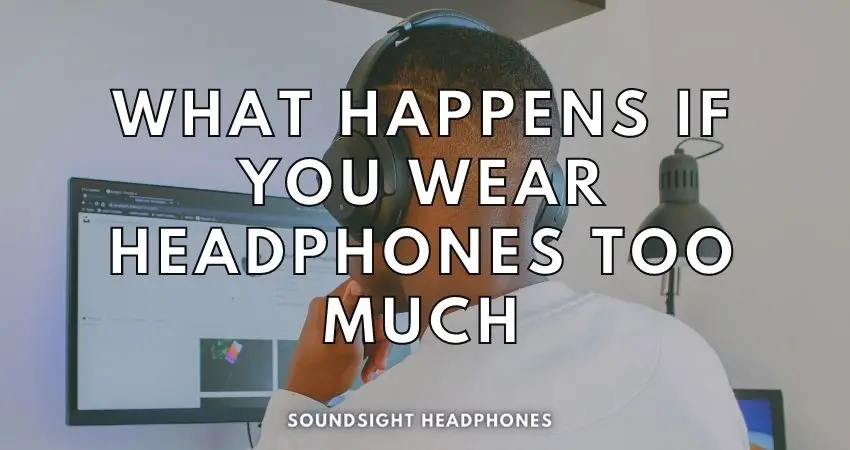The truth about the side effects of using headphones for a long time can be quite incendiary—especially for those who consider their headphones an indispensable accessory.
Is it okay to wear headphones all day? What happens if you wear headphones too much? The answers to these questions might leave you with a stinging realization that moderation is key.
In this article, we’ll concisely discuss the possible side effects of prolonged headphone use, addressing ear health, physical implications, and overall health concerns.
So, buckle up and prepare to face the music as we dive into the lesser-known consequences of your beloved headphones.
- The Detrimental Consequences of Excessive Headphone Usage
- Strain Injuries and Physical Discomfort From Constant Headphones Use
- Cognitive Effects and Sleep Disturbances
- Social and Interpersonal Repercussions of Constant Headphone Use
- Safety Risks of Wearing Headphones in Public
- How to Prevent The Consequences of Wearing Headphones Too Much
- Bottom Line: Why You Shouldn’t Wear Headphones Too Much
- References
The Detrimental Consequences of Excessive Headphone Usage
The pervasive use of headphones has led to a myriad of health issues that stem from excessive usage. These complications range from auditory problems to systemic diseases and even motion sickness.
Continue reading to discover what happens if you wear your headphones too much!
Auditory Ramifications of Overusing Headphones
Among the most problematic aspects of excessive headphone use is the risk of physical damage to the auditory system. This includes a range of deleterious consequences, such as:
- Compromised auditory cortex, hindering sound processing
- Permanent hearing loss from irreversible ear damage
- Constant tinnitus with a “ringing” ear sensation
- Hyperacusis, causing heightened sensitivity to common sounds
Check out this article on how headphones can damage your ears for more information.
Hearing Loss
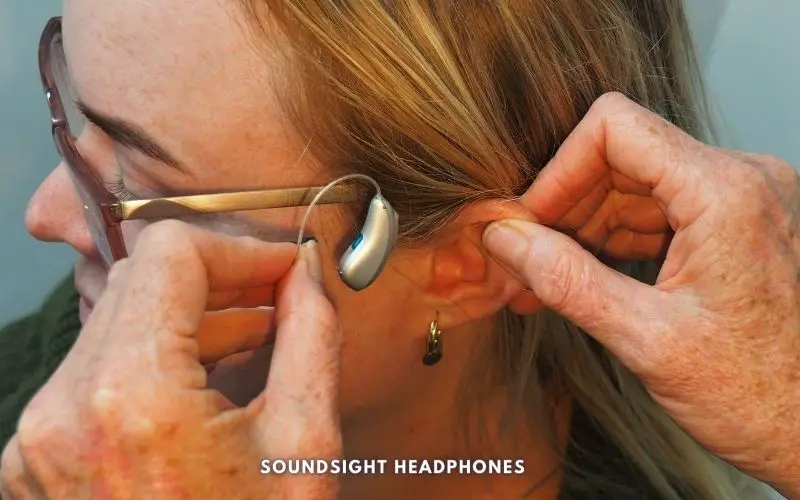
Prolonged use of headphones can cause tinnitus, a ringing, droning noise, hissing, or buzzing in the ear. Overexposure to loud music for long durations can cause damage to the ear, resulting in temporary or permanent loss of hearing.
Noise-induced hearing loss is the term that refers to hearing loss that occurs due to exposure to loud noise.
Moreover, a study has shown that listening to music on headphones or earbuds at 50% volume for an hour a day can have a detrimental impact on a young person’s auditory health.
Headphones are a leading cause of ear damage. The World Health Organization (WHO) states that 50% of individuals aged 12-35 are putting themselves at higher risk for hearing loss from personal audio devices.
Sound waves vibrate a small nerve in each ear, which can gradually become damaged, leading to hearing loss that may go unnoticed for years.
Reducing the Risk of Hearing Loss
To minimize hearing loss risk, limit loud music exposure and take listening breaks. Use earplugs and maintain volumes below 60 decibels.
Tinnitus
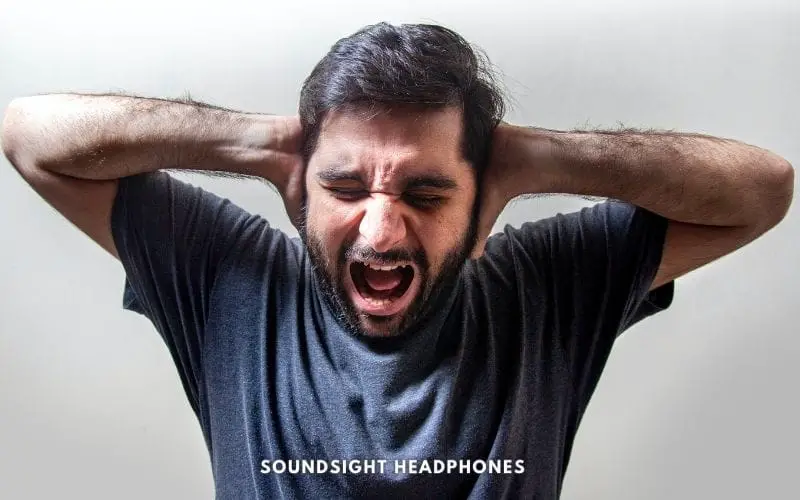
Excessive headphone use may lead to tinnitus, a constant ringing or buzzing in one or both ears. While other medical conditions can cause tinnitus, consult a doctor if it continues. To prevent it, limit loud music exposure, take breaks, and use well-fitting headphones to reduce pressure on the ears.
Hyperacusis
Let’s discuss a condition known as hyperacusis. This increased sensitivity to loud sounds can make everyday noises feel like an assault on your eardrums. While not solely caused by headphone overuse, extended exposure to sounds and noise pollution can contribute to the development of hyperacusis.
Diminished Auditory Perception & Comprehension in Noisy Settings
Ever find yourself struggling to understand speech in noisy environments? This phenomenon, known as the cocktail party effect, can be exacerbated by—you guessed it—excessive headphone usage.
Subtle Impacts on Health
The negative effects of overusing headphones are often ignored, despite their potential harm to our well-being, such as:
- Diabetes risk due to sedentary lifestyle & increased noise exposure
- Increased risk of cardiovascular diseases
- Earwax impaction and ear infections
- Dizziness and motion sickness:
Diabetes
A sedentary lifestyle & long-term noise exposure linked to headphone use can increase the risk of diabetes. Research also indicates that extended sitting may cause insulin resistance, a precursor to Type 2 diabetes, and sedentary behavior with mindless snacking can exacerbate the issue.
Cardiovascular Diseases
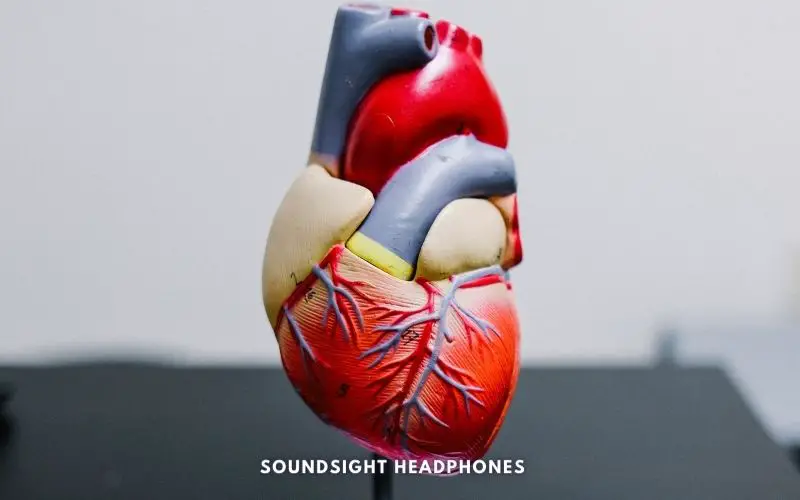
The cardiovascular system may also suffer as a result. Prolonged sitting and exposure to stressful transportation noise are associated with a higher risk of heart disease. Though not directly linked, prolonged exposure to noisy, stressful environments may reasonably increase cardiovascular disease risk.
Earwax Impaction & Infections
Constant headphone use may result in earwax impaction and hearing loss. Earbuds can push earwax deeper, causing temporary hearing loss, earache, tinnitus, itchiness, vertigo, and infections.
Untreated earwax impaction can worsen, leading to severe pain, itchiness, drainage, fever, coughing, and dizziness. In some cases, it may cause permanent hearing loss or eardrum damage.
Dizziness and Motion Sickness
It’s generally a bad practice to wear noise-cancelling headphones all day because it can cause dizziness and motion sickness.
Likewise, sitting for hours in a fixed place while using headphones can induce vertigo.
An out-of-sync sensation between the eyes and the audio input causes vertigo or motion sickness.
Strain Injuries and Physical Discomfort From Constant Headphones Use
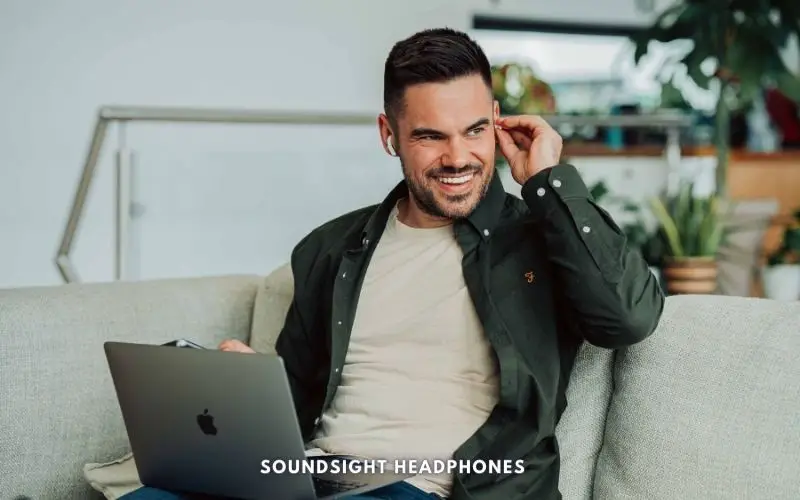
If you have ever wondered whether or not it is bad to wear headphones all day without listening to music, let me tell you: it can still lead to a myriad of issues. These include:
- Ear fatigue: lasting ear exhaustion
- Ear pain: soreness in the ear canal or outer ear
- Ear infections: bacterial/fungal growth due to headphone environment
- Skin irritation: discomfort from headphone contact
- Headaches: pain from headphone pressure
- Neck pain: strain from heavy headphones exacerbating bad posture
- Pressure build-up: discomfort from constant pressure on the ears and head
- Hair loss: Traction alopecia due to follicle stress from pulling/pressure
Ear Fatigue
Ear fatigue occurs when listening to music for too long. It is related to too much energy in the higher frequencies, which becomes piercing, grating, and irritating to your ears over longer listening sessions. The concept is also known as “listener fatigue” or “audio fatigue.”
Ear Pain
This can happen either due to the way the headphones are designed or due to personal/psychological preferences and sensitivities.
Ear pain can be caused by the pressure of the headphones on the ears, which can overly squeeze the pinna’s sensitive cartilage, causing discomfort.
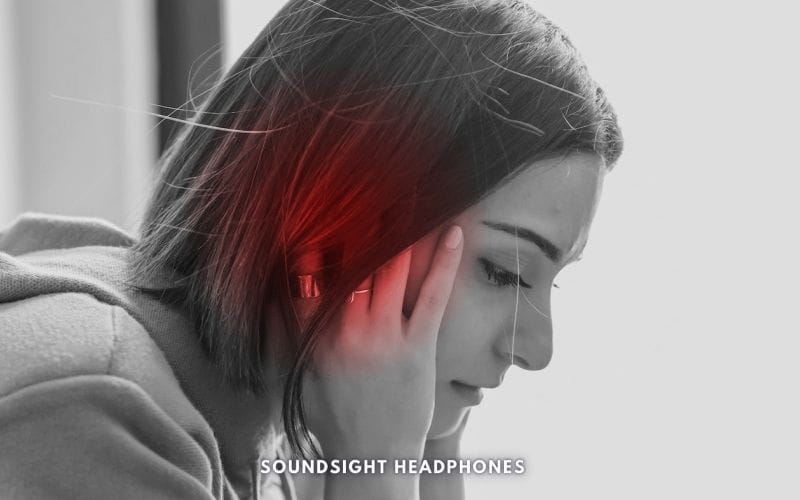
Wearing the headphones too tightly or for a substantial length of time might also cause chafing of the skin, which can lead to itchiness, bleeding, and general discomfort.
Ear Infections
Ear infections can be caused by bacteria and fungi that thrive in moist, warm areas, such as the ear canal, where earbuds sometimes trap moisture and fluid. When that happens, you’re at risk for an ear infection.
Skin Irritation
Dirty headphones may cause skin irritation and rashes, potentially exacerbated by cleaning solutions like rubbing alcohol, hydrogen peroxide, or diluted bleach, which can trigger contact dermatitis.
Pre-leather or metal allergies, particularly nickel, can cause skin irritation from headphones. Trapped sweat and moisture may foster bacteria and fungi, potentially leading to infections or aggravating conditions like eczema or psoriasis.
Headaches
Headaches can be caused by excessive use of headphones, especially if they are worn too tightly or for a long time.
Compression headaches result from wearing something that applies pressure to your head. VR headsets and headphones are common culprits.
Heavy bass and loud volumes can also contribute to headaches due to the vibrations and pressure they create.
“Headphones hurt the top of my head” posts suggest a unique discomfort from constant headphone use. Low clamping force, poor ergonomics, weighty headphones, and a rigid headband are to blame.
Neck Pain
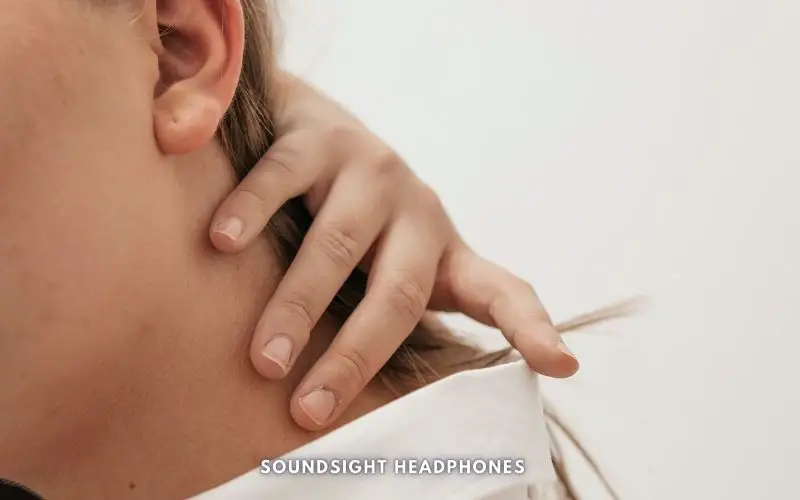
Neck pain can be caused by over-ear headphones that are too heavy or too tight, which can cause neck strain. The weight of the headphones can also cause discomfort and pain in the neck muscles.
Pressure Build-up
Tight headphones may trap air inside the ear and cause pressure build-up. Similarly, by blocking the ear canal, in-ear headphones can increase the risk of ear infections.
Hair Loss
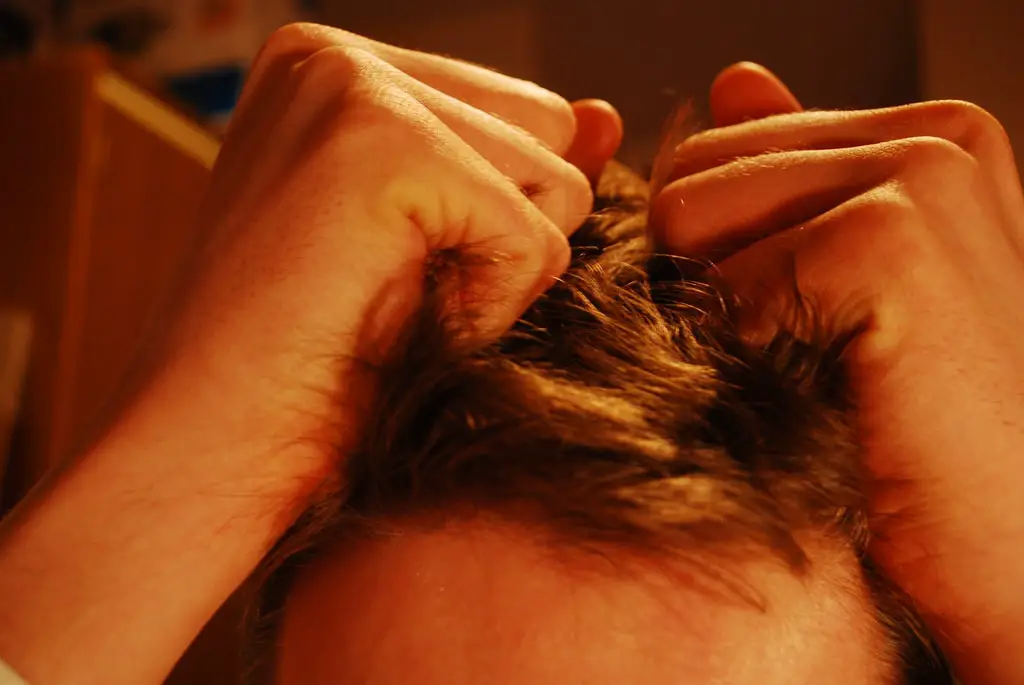
You might be surprised to learn that wearing headphones can damage your hair. This is especially true for over-the-ear headphones, which can cause friction and pressure on your hair and scalp.
Tight headphones and headbands may cause traction alopecia, a hair loss condition due to persistent follicle tension.
Cognitive Effects and Sleep Disturbances
As someone who often uses headphones to help me focus, I was surprised to learn that excessive headphones can have negative cognitive effects and sleep disturbances.
Sleeping With Headphones
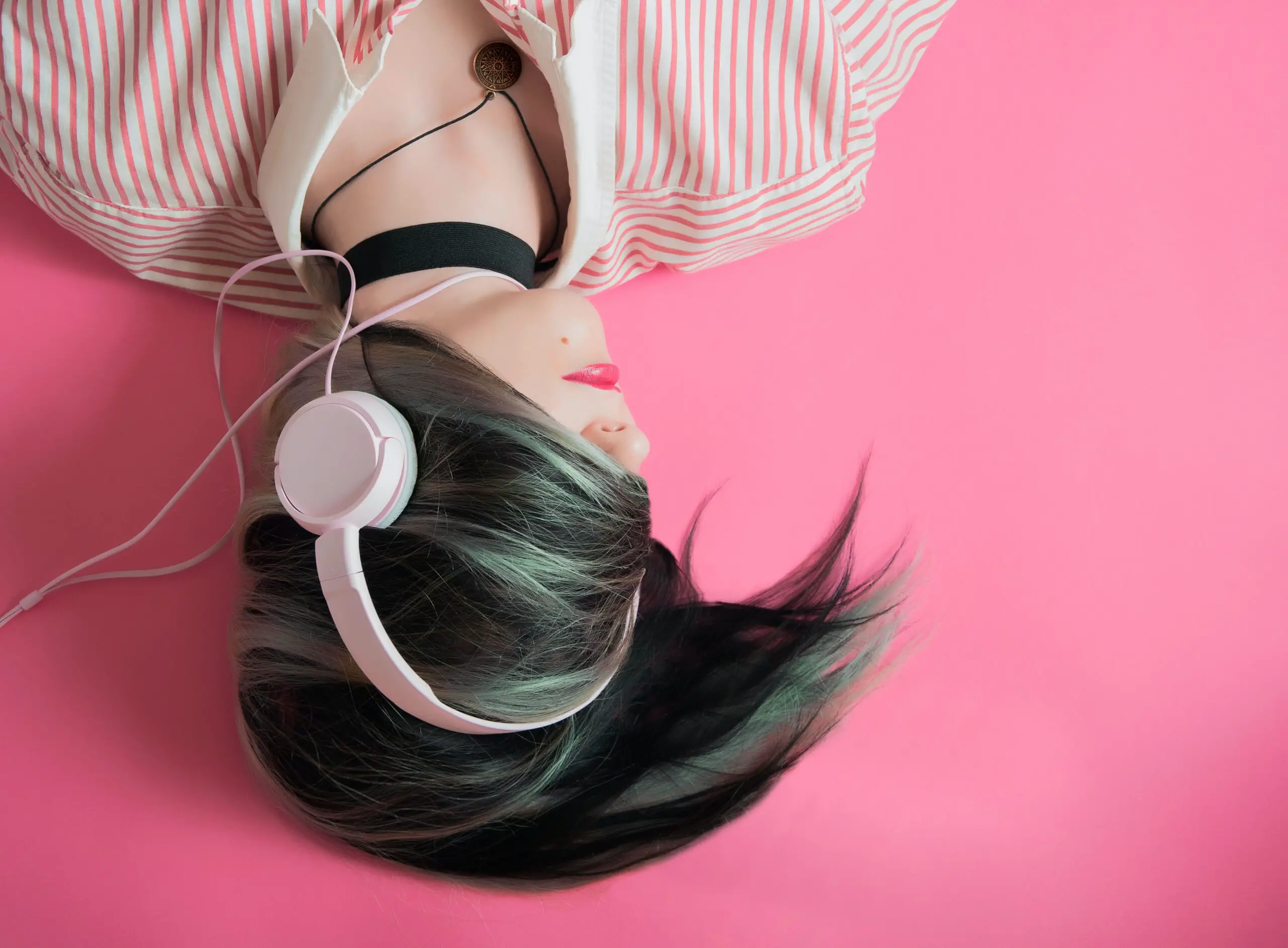
Wearing in-ear headphones to bed every once in a while isn’t too harmful, but if your sleep routine involves nightly earbud wear, it might be time to reconsider.
Eric Dan-Goor & Monica Samra, 2012 identified a case where a woman slept with ANC headphones for 12 hours and experienced an episode of benign paroxysmal positional vertigo (BPPV).
Meanwhile, continuous in-ear headphone use can promote earwax and bacteria accumulation. In contrast, over-ear or on-ear headphones may cause discomfort, affecting posture and potentially leading to headaches, sore neck, and postural damage.
Cognitive Effects
A noteworthy study conducted among students in the Faculty of Medicine at Ahmadu Bello University in Nigeria unveiled a mood-dependent effect induced by headphone usage while memorizing words. This phenomenon led to mental disruption and a decrease in memory retention.
Another intriguing study assessed the possible harmful effects of headphone usage on cognitive functions in both genders and found that headphone usage was associated with cognitive constraints.
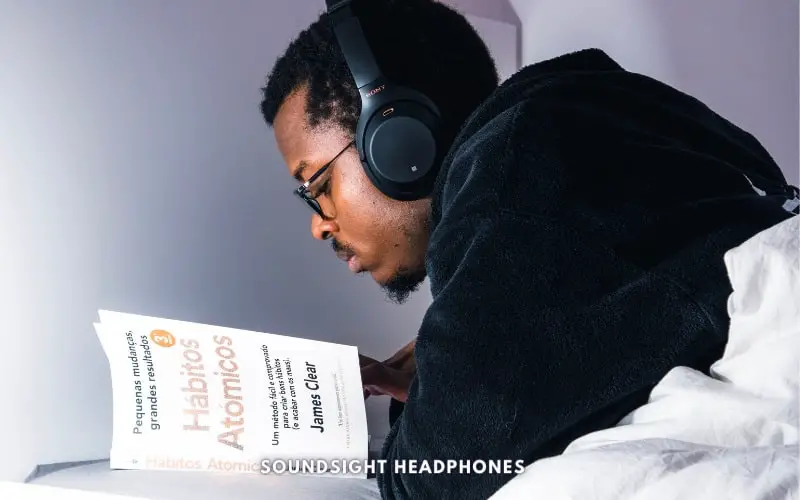
If you want to use headphones while learning, using software like Brain.fm or other focus-enhancing music platforms can help improve concentration without causing harm.
Auditory overstimulation, caused by processing complex and varying sounds, can lead to mental fatigue and reduced focus on cognitively demanding tasks.
Social and Interpersonal Repercussions of Constant Headphone Use
Headphones and earbuds have become nearly ubiquitous, allowing people to enjoy music and have conversations from anywhere at any time. However, there are concerns about the social and interpersonal repercussions of constant headphone use.
Health Effects
One of the main health concerns associated with headphone use is hearing loss.
Listening at a comfortable level should be safe for an unlimited amount of time, but listening at slightly higher sound levels can cause damage in less than one hour.
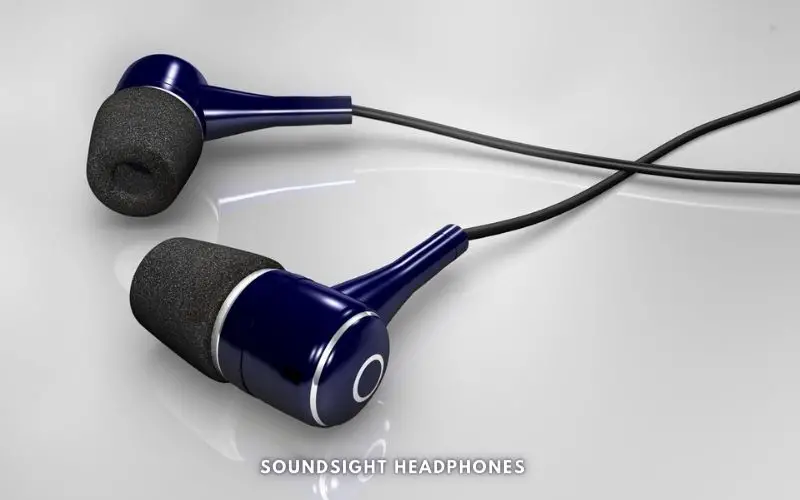
Additionally, unsafe listening habits via earphones can lead to permanent or temporary hearing loss.
Social and Interpersonal Effects
Headphone use can lead to psychological separation from others, as individuals are using portable audio technological devices with headphones to listen to all sorts of music, talk, and silence.
If you wear headphones too much, social isolation and decreased engagement in conversations as it creates a physical barrier between you and other people.
A study by the audio firm Jabra found that more than a third of British headphone users wear them to avoid having to talk to other people and that the average Briton goes five weeks without speaking to someone new.
Other Effects
Research shows that music can have a beneficial effect on brain chemicals such as dopamine, which is linked to feelings of pleasure, and oxytocin, the so-called “love hormone.”
But there is moderate evidence that music can help lower levels of the stress hormone cortisol.
However, prolonged exposure to noise pollution, including loud music, can trigger anxiety or stress and lead to irritability, frustration, or anger.
Safety Risks of Wearing Headphones in Public
Lastly, there are safety risks associated with excessive headphone usage (a hidden danger). Wearing headphones in public increase safety risks by decreasing situational awareness.
A study published in the Journal of Injury Prevention unveiled a startling correlation between the increasing ownership of portable media devices with headphones and pedestrian injuries from 2004 to 2011.
Headphone use in bustling environments can jeopardize one’s safety by occluding and masking the surrounding sounds—a recipe for accidents, such as failing to hear an approaching vehicle or emergency siren. Another study conducted in Poland discovered that pedestrians who use headphones while crossing the road exhibit dangerous behavior, like entering the road at a red light, regardless of whether they’re using telephones or just headphones.
So, let’s be mindful of our surroundings and limit our headphone usage in public spaces. After all, we wouldn’t want our favorite tunes to become the soundtrack to a tragic accident.
For more information on the safety risks of headphones, check out are headphones safe in pregnancy and ANC headphones, motion sickness & vertigo.
To avoid most headphone-related problems, learn how to use headphones safely and read the next section!
How to Prevent The Consequences of Wearing Headphones Too Much
To prevent most negative effects listed in this article, follow these safety tips:
- Reduce volume: Adhere to OSHA guidelines, limiting exposure to 85 dB for eight hours or 100 dB for 15 minutes to prevent hearing loss.
- Take breaks: Regularly pause headphone use and avoid excessive noise exposure.
- Use noise-canceling headphones: These reduce the need for high volume to block external noise.
- Skip noise-canceling: Using noise-canceling headphones or earbuds can be unsafe during emergencies, as you might miss crucial alerts, endangering yourself and others.
- Keep the volume down: Ensure your music isn’t audible to others nearby to minimize potential harm from headphone usage.
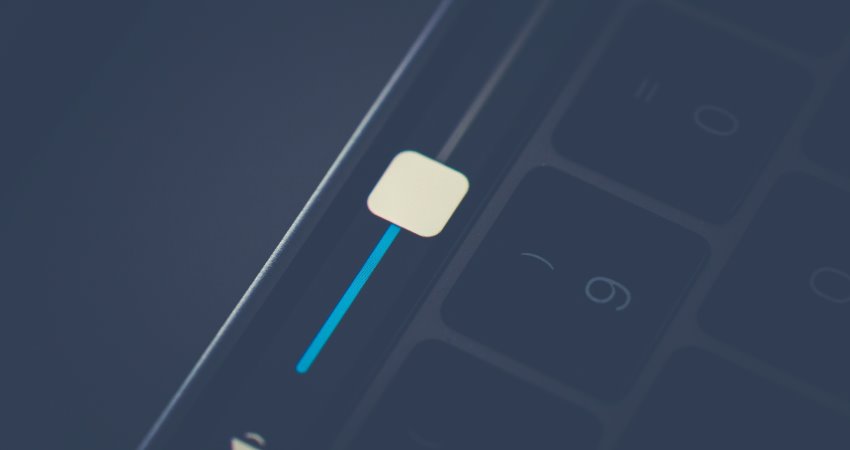
Keep volume between 60-70 dB for optimal sound quality and hearing protection, even though WHO recommends 85 dB for 8 hours maximum.
Safe levels are 50-60% of the maximum volume. Use apps like SoundCheck to monitor volume & be aware of the risk of permanent hearing loss from high volumes.
I know some of you might wonder, “How many hours should I wear earphones or headphones?” to which the common “it depends” answer applies.
It depends on the average intensity of the sound you are exposed to during the day.
Bottom Line: Why You Shouldn’t Wear Headphones Too Much
Overusing headphones can have numerous consequences on our hearing, ear health, overall well-being, posture, and even social and interpersonal relationships. Extended exposure to loud sounds can lead to hearing impairment, ear exhaustion, tinnitus, and headaches. Physical discomforts, such as pressure sores, skin irritation, headaches, and neck pain, may also occur.
Additionally, listening to headphones can negatively affect cognitive functions, impacting concentration, and focus and causing mental fatigue. Wearing headphones while sleeping can disrupt sleep and cause muscle tension. Socially, excessive headphone use can reduce situational awareness, hinder communication, and strain relationships.
In short, it’s vital to recognize the risks of overusing headphones and take precautions to protect our hearing, physical health, and social connections.
References
- Dzhambov AM. Long-term noise exposure and the risk for type 2 diabetes: a meta-analysis. Noise Health. 2015 Jan-Feb;17(74):23-33. doi: 10.4103/1463-1741.149571. Erratum in: Noise Health. 2015 Mar-Apr;17(75):123. PMID: 25599755; PMCID: PMC4918642.
- Michael T Osborne and others, A neurobiological mechanism linking transportation noise to cardiovascular disease in humans, European Heart Journal, Volume 41, Issue 6, 7 February 2020, Pages 772–782, https://doi.org/10.1093/eurheartj/ehz820
- Dan-Goor E, Samra M. Benign paroxysmal positional vertigo after use of noise-canceling headphones. Am J Otolaryngol. 2012 May-Jun;33(3):364-6. doi: 10.1016/j.amjoto.2011.08.012. Epub 2011 Oct 5. PMID: 21978648.
- Isah F.A,Muhammad U.A,Yusha?u Yusuf, Possible Effect of Headphone Usage on Working Memory Among Students in Faculty of Medicine, Ahmadu Bello University, Zaria‒Nigeria, Neurology and Neurobiology 2019 2613-7828 http://dx.doi.org/10.31487/j.NNB.2019.02.02
- Latha, & Kushalappa, Jayamala. (2017). A Study of Headphone Usage on Cognitive Constraints Between Genders. IOSR Journal of Dental and Medical Sciences. 16. 38-42. 10.9790/0853-1608023842.
- Kay, Jw. and Bruno M. Fazenda. “Awareness system for headphone users.” (2013).
- Roy, Amit Baran et al. “A novel concept of Smart Headphones using Active Noise Cancellation and speech recognition.” 2015 International Conference on Smart Technologies and Management for Computing, Communication, Controls, Energy and Materials (ICSTM) (2015): 366-371.
- Wachnicka, Joanna and Karol Kulesza. “Does the Use of Cell Phones and Headphones at the Signalised Pedestrian Crossings Increase the Risk of Accident?” Baltic Journal of Road and Bridge Engineering 15 (2020): 96-108.
